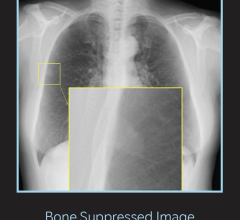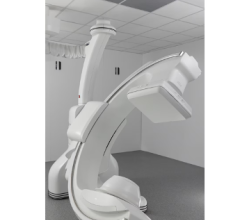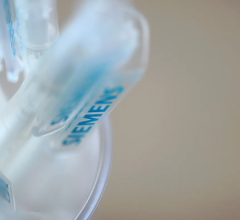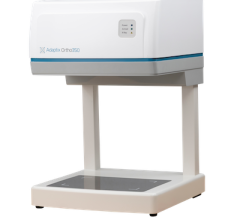
Greg Freiherr has reported on developments in radiology since 1983. He runs the consulting service, The Freiherr Group.
An Emerging Trend — Patient Satisfaction
Saving lives is no longer enough. Patients need to be satisfied. You might thank the recession for that.
Since the downturn, retailers have been treating customers like … people. Stores from Walmart to Menards walk customers with questions to their answers. The folks at Festival Foods smile good morning, good afternoon and good evening to passing shoppers. It’s as if they actually want customers to be there. Now, medical centers, hospitals and clinics are catching on.
At the Cleveland Clinic and its nine other hospitals and 16 satellite clinics and emergency departments, janitors are opening doors for patients and their families. Radiologic techs hand patients flowcharts detailing what to expect during their exams. “You’re having a nuclear medicine HIDA or gastric scan today!” proclaims one. Videos posted on the clinic’s intranet offer a “you are there” introduction.
It’s all part of the Cleveland Clinic Experience Employee Engagement, which has as its mantra “we’re all caregivers.” And the Cleveland Clinic is not alone. Among the others are the University of Utah Health Care, Children’s Hospital of Illinois, and the Medical Center of South Arkansas.
Transformational is not too strong a word to describe it.
Medicine has too long been seen as a healing machine, increasingly technologized and ever more dehumanized. A growing emphases on data collection and processing has distracted caregivers from their purpose for being there. Today’s patients are getting fed up. They are coming to expect courteous, friendly service from grocery, department and hardware stores. Why not healthcare providers?
The fact that patients want more should not come as a surprise to anyone. Their appetite for personalized care has been whetted by commercials designed to sell drugs and medical services. They have been enabled by information networked to their PCs, smartphones and iPads.
Increasingly it is becoming clear that to succeed — really succeed — medical centers, hospitals and clinics are going to have to make these patients happy. The RSNA certainly believes so. Witness the “Patient First” campaign at last year’s annual meeting. (http://www.itnonline.com/article/rsna-wags-its-finger-put-patients-first)
Putting patients first sounds great. And institutions are working at it. But how do you know it’s working? Hospitals are not hotels. It’s not a good idea to ask the end stage cancer patient whether “your experience has met with your expectations.” But there are ways to gauge patient satisfaction.
The Cleveland Clinic Imaging Institute thanks patients with a card at registration, asking them to “let us know” (with a phone call) if any aspect of your experience “was less than very good”. Negative calls are stratified by complaint; for example, long wait times, lack of compassion, scheduling problems and poor instructions. But, interestingly, very few calls are negative. Given the opportunity to sound off, patients tend to voice their satisfaction. Of the 871 calls received from Dec. 1, 2011 through Jan. 8, 2013, nearly four of every five were positive, according to the Cleveland Clinic Imaging Institute.
Making patients’ experiences as pleasant as possible seems the smart thing to do. Intuitively, it seems reasonable that happy patients are likely to choose the same healthcare provider in the future, just as they would likely encourage friends and family to do the same. And this is just the most obvious.
Stories of clinics and hospitals that cater to patients would be a welcome relief from the all-too-common negativity that surrounds healthcare today. It would seem also an opportunity for institutions that put in the extra effort to nurture the financial benefits of a happy customer base.


 December 05, 2025
December 05, 2025 









